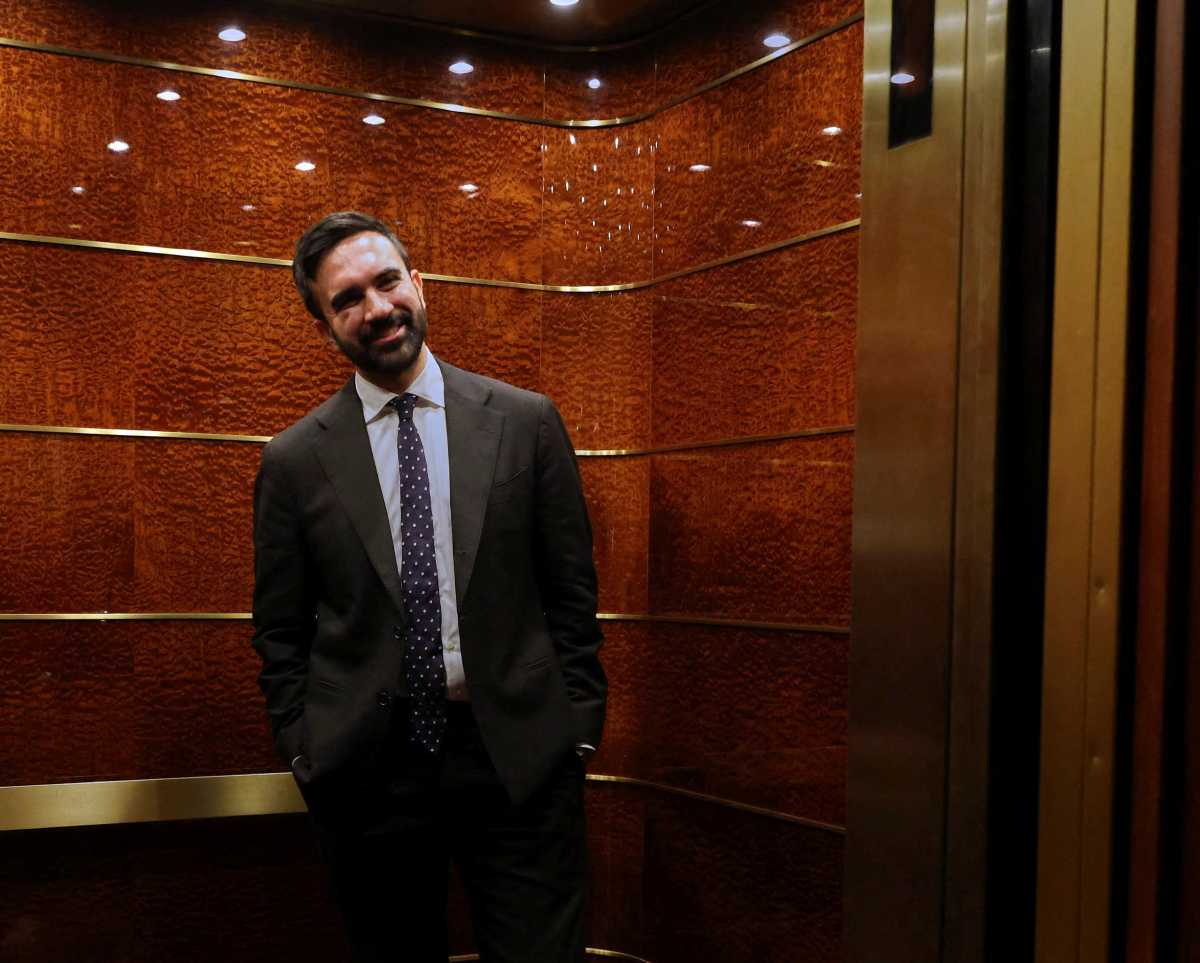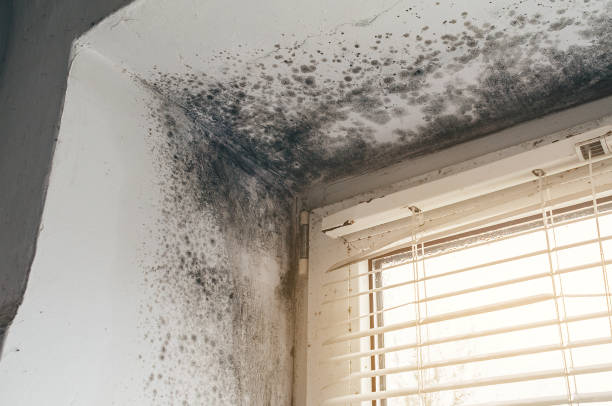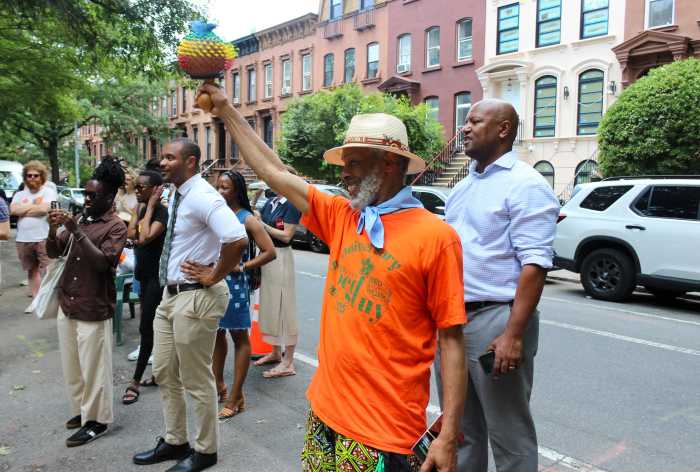Stuyvesant High School is best known as one of the city’s most competitive specialized high schools. Lesser known is the network of escalators that carry students up and down its 10 floors.
Unsurprisingly, one of the tropes of the school is that the escalators sometimes don’t, well, work. (This writer, a Stuyvesant grad, can attest from personal experience).
The escalators are at the humming heart of the school: weird, but necessary. They are magnificent when in working order, setting the school apart. When they fail, the students still chug along, essentially on their own. Which is how many alumni feel about the Stuyvesant experience: imperfect, but still invaluable, a place where strivers are given the tools and opportunity to succeed.
The city’s system of specialized high schools sometimes is like those faulty escalators, too, particularly for black and Hispanic students. There, but not giving underprivileged students much of a boost.
Last week, when next year’s class of specialized high school freshmen received offers of admission, only 4.1 percent went to black students; 6.3 went to Hispanics. In comparison, the public school system at large is 27 percent black and 40 percent Hispanic.
An elite meritocracy
The original specialized high schools — Stuyvesant, Bronx Science and Brooklyn Tech — have long been symbols of successful meritocracy, where the sons and, eventually, daughters of immigrants could could succeed through hard work and perseverance.
Today, large numbers of Asian-Americans, first- or second-generation arrivals from countries like Bangladesh and Korea, continue that tradition. And the tradition of providing a first-class, free education to those who couldn’t afford it elsewhere also continues — 45 percent of Stuyvesant students are eligible for free or reduced lunch.
Still, the relative lack of black and Hispanic students at schools like Stuyvesant is troubling. In 2012, civil rights and education groups filed a lawsuit alleging that using the test as the sole basis of entrance amounts to racial discrimination.
Two paths to reform
Expanding the admissions criteria beyond the single test might sound like the simple solution, but how would it work?
“There are only two ways to make Stuyvesant more diverse,” says Matt Polazzo, a social studies teacher at the school: either “a collegiate form of affirmative action,” with all the problems and inconsistencies that system entails. Or “you do the more the difficult work of rolling up your sleeves and ending the inequities” in the system at large — through better teacher training and more effective, more innovative schools, for example.
Early in his mayoralty, Mayor Bill de Blasio indicated that he would attempt the first way, by tweaking the requirements for admission. That drive has since stalled after the mayor offered few specifics and even the idea of abandoning the test elicited widespread outrage.
A 2015 study from the Research Alliance for New York City Schools found that broadening the requirements by including factors like state tests or middle school grades wouldn’t change the demographic — it might even make that makeup more solidly privileged by class and race.
That leaves the second option — the formidable job of fixing the education system en masse. Which essentially means passing on the question for a future moment, even more of a shame.
While we wait for perfection, there are some fixes that might have more of an impact in maintaining the schools’ rigor and meritocratic intent, while broadening its reach: expanded preparation programs like the DREAM Institute, which prepare students for the test. Much wider and earlier outreach to students and parents who don’t know what the test is or that it’s taking place. Perhaps even considering more radical changes such as set-aside places of admission for top students from middle schools around the city.
These changes would make the escalator meaningful and keep it in good working order.
This is amExpress, the conversation starter for New Yorkers. Did someone forward you this email? Subscribe at amny.com/amexpress.

































